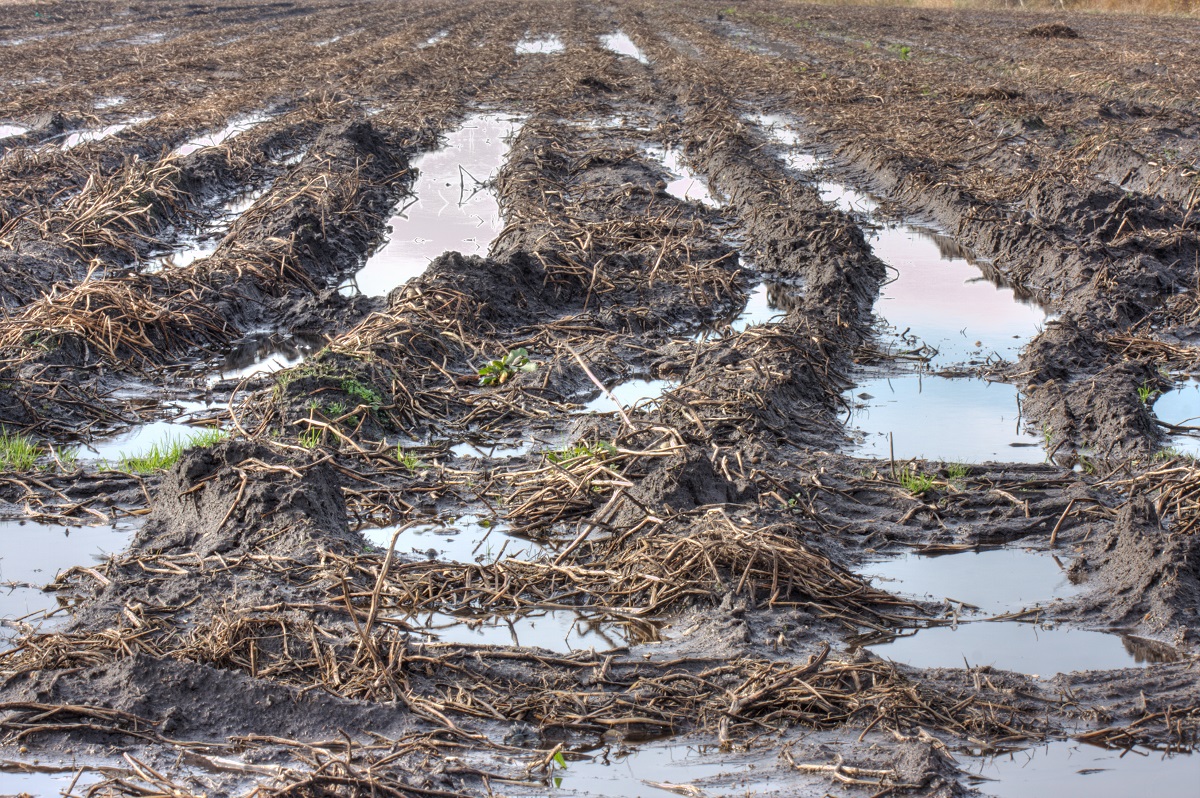
Research Targets Accuracy of Coverage Factors and Efficiency of Prevented Planting Provisions
KNOXVILLE, Tenn. — Researchers at the University of Tennessee Institute of Agriculture are partnering with Mississippi State University on a $497,537 grant to explore potential improvements to the prevented planting provision in the federal crop insurance program. Results from the study will offer policymakers information that can improve the actuarial performance of the prevented planting provision while still providing producers with a powerful risk management tool.
Producers strategically time the planting of their crops within certain dates, sometimes referred to as the “planting window.” This can be a stressful time for producers, as research has shown that planting too early or too late can result in diminished yields and reduced profitability. Unfortunately, unfavorable weather sometimes prevents planting during this optimal window. Further, producers typically have large expenses prior to planting, such as crop protection and fertilizer costs. The prevented planting provision with crop insurance reimburses producers for their financial losses due to inability to plant the intended crop.
Funded by USDA’s National Institute of Food and Agriculture, the research will explore potential changes to the prevented planting provision. The current policy considers coverage factor — the percentage that determines how much farmers are reimbursed for their losses — as being the same across the nation. However, farming looks very different across the nation, and this study has been launched to determine the variation in the coverage factor across regions that would improve the actuarial performance of the prevented planting provision.
“The long-term goal of this project is to look at potential changes to prevented planting that might result in better utilization of U.S. land resources and to ensure producers can still have protection against losses due to prevented planting,” said UTIA associate professor and lead researcher Chris Boyer. He also indicated that a large component of this grant includes using the knowledge gained to improve risk management educational programs for Southeastern producers.
The research team include Chris Boyer and Aaron Smith from UTIA’s Department of Agricultural and Resource Economics and Eunchun Park and Will Maples from MSU’s Department of Agricultural Economics. USDA’s National Institute of Food and Agriculture provides leadership and funding for programs that advance agriculture-related sciences.
Through its land-grant mission of research, teaching, and extension, the University of Tennessee Institute of Agriculture touches lives and provides Real. Life. Solutions. utia.tennessee.edu.